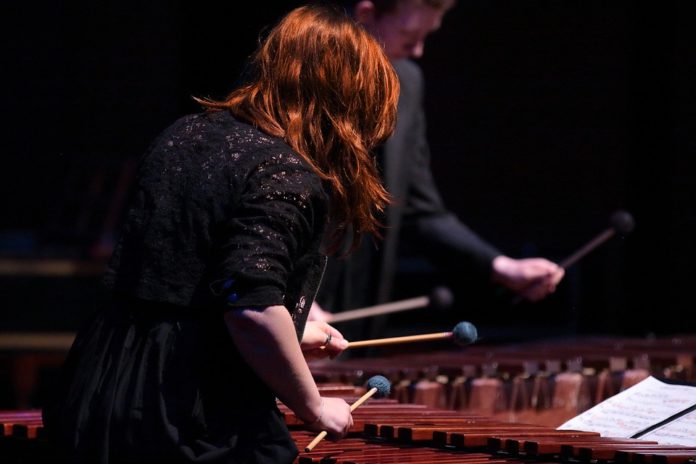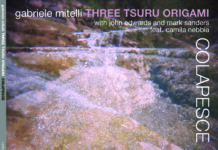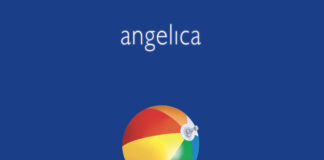From the beginning, chamber music and the chamber ensemble have been mainstays of the Western art music tradition. And like the larger tradition, they have undergone periods of evolution, stability, and rapid if not disruptive change—not only in the structure and content of the repertoire, but in the very definition of what constitutes a chamber ensemble as well. Two new releases on the New Focus label bring new perspectives to this venerable and profoundly fluid format.
Transient Canvas is the duo of bass clarinetist Amy Advocat and marimbist Matt Sharrock, whose Sift is their first full-length recording. Seen close up, the duo’s makeup is unusual—the marimba doesn’t really appear in Western classical music until Darius Milhaud’s 1947 Concerto for Marimba and Vibraphone, and bass clarinet is traditionally not a solo instrument. But from a larger perspective, Transient Canvas is an oblique variation on the piano-wind duo, the marimba being just another tuned percussion instrument. The pairing of these two low-compass, decidedly un-Stentorian instruments is inspired, as are the five compositions, all written within the last four years, that are presented here.
The slightly melancholy side of the duo’s aggregate sound is effectively brought out in the title track, a 2014 work by composer Daniel T. Lewis. The piece has a gently rueful feeling to it, with phrases trailing off into silence like a reflective speaker’s unfinished sentences. Adam Roberts’ impeccably constructed Nostalgia Variations (2015) occupies a similar affective space, with a plaintive melody built around a four-note kernel. Although subjected to elongation, compression, bisection and other creative deformations, the basic profile of the melody almost always is discernible. The other three compositions, by Tina Tallon, Curtis Hughes and John Murphree, also play to the two instruments’ ability to evoke the emotional ingathering of the downward glance.
The more conventional chamber ensemble of piano, violin and cello is the protagonist of Passages, a recording by the Brooklyn-based trio Longleash (pianist Renata Rohlfing, violinist Pala Garcia and cellist John Popham). Passages is a cosmopolitan collection that contains five works by five younger contemporary composers from Europe, Japan and North America, four of whom are under 40. Although the group’s instrumentation is traditional its sounds aren’t; the three, and particularly the strings, draw on the expanded repertoire of timbres and gestures that composer Nils Vigeland, in his liner note, suggests constitute a new “common practice.” In fact, while the pieces vary in their sources of inspiration and in their method of composition, all make intelligent–and above all artistic—use of a broad palette of techniques and sounds. For example, Rome-born Clare Iannotta’s evocatively-titled Il colore dell’ombra (2010) uses microtones, diverse bow articulations and percussive and damping piano gestures to bring out multiple shadings of individual and composite sound colors. American Christopher Trapani’s Passing Through, Staying Put, a two part work of 2011 whose themes of motion and rest were suggested by Geoff Dyer’s paired novellas Geoff in Venice/Death in Varanasi, contrasts the strings’ glissandi and harmonics with more conventional piano chords. Mexican composer Juan di Dios Magdaleno’s Strange Attractors (2014) weaves its sound events into a discontinuous texture mimicking the behavior of a chaotic system, while Yukiko Watanabe’s ver_flies_sen (2012) constructs its texture out of staggered cells made up of harmonics and abrupt piano interventions. And as its title implies, Pisa native Francesco Filidei’s 2010 Corde Vuote is scored for violin and cello playing exclusively with open strings; the piece creates a sense movement through the superimposition of voices and through the controlled use of dynamics and bow placement.









